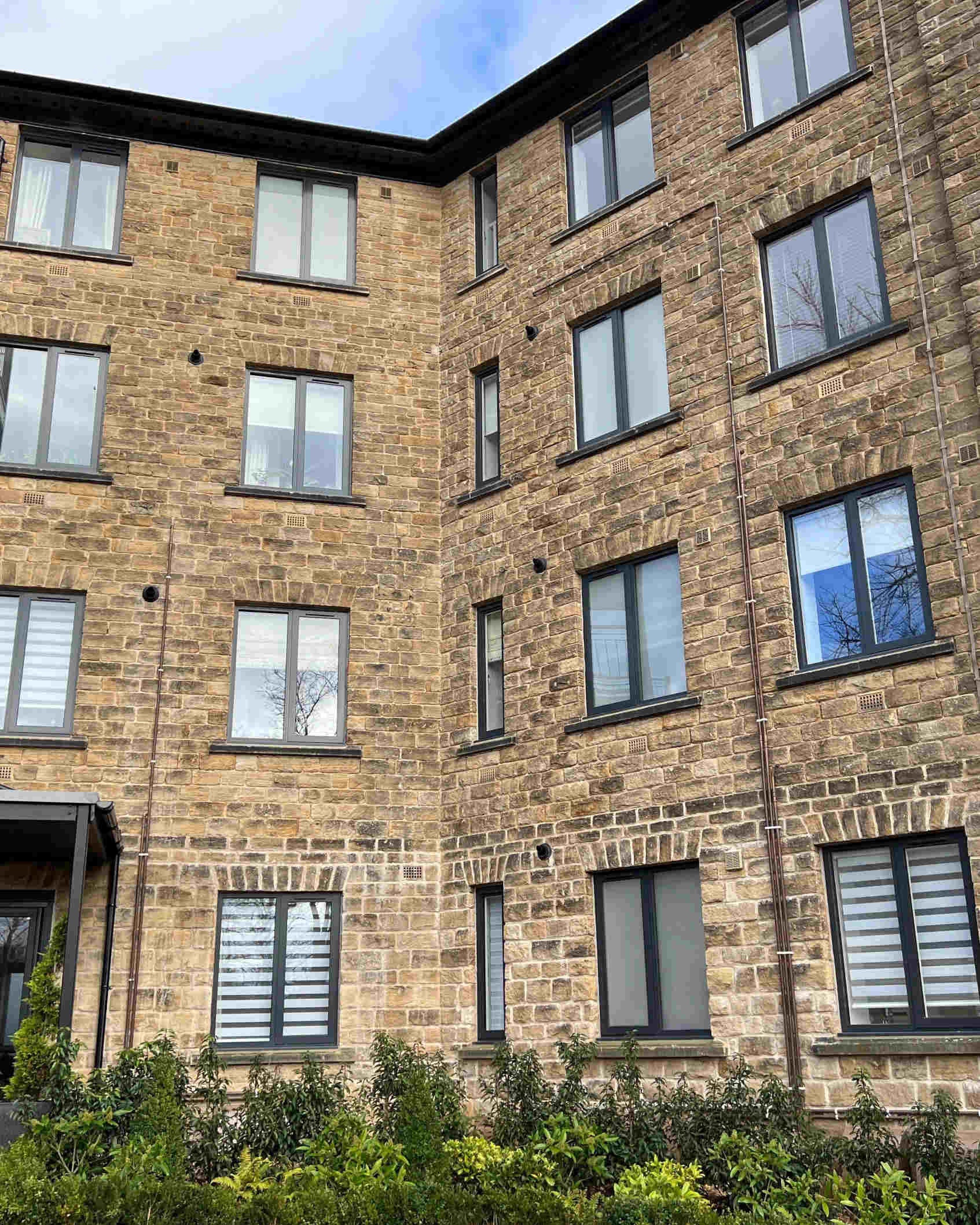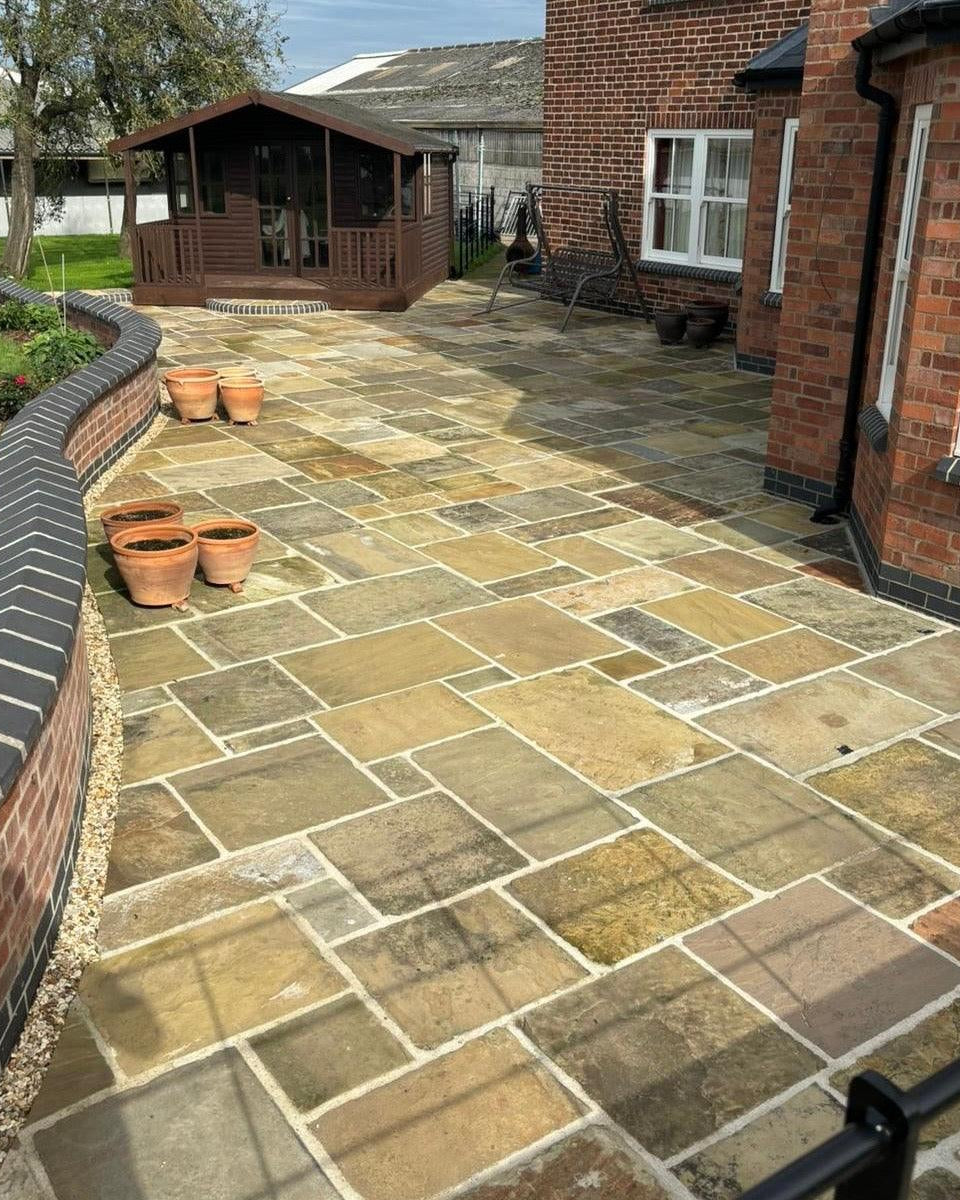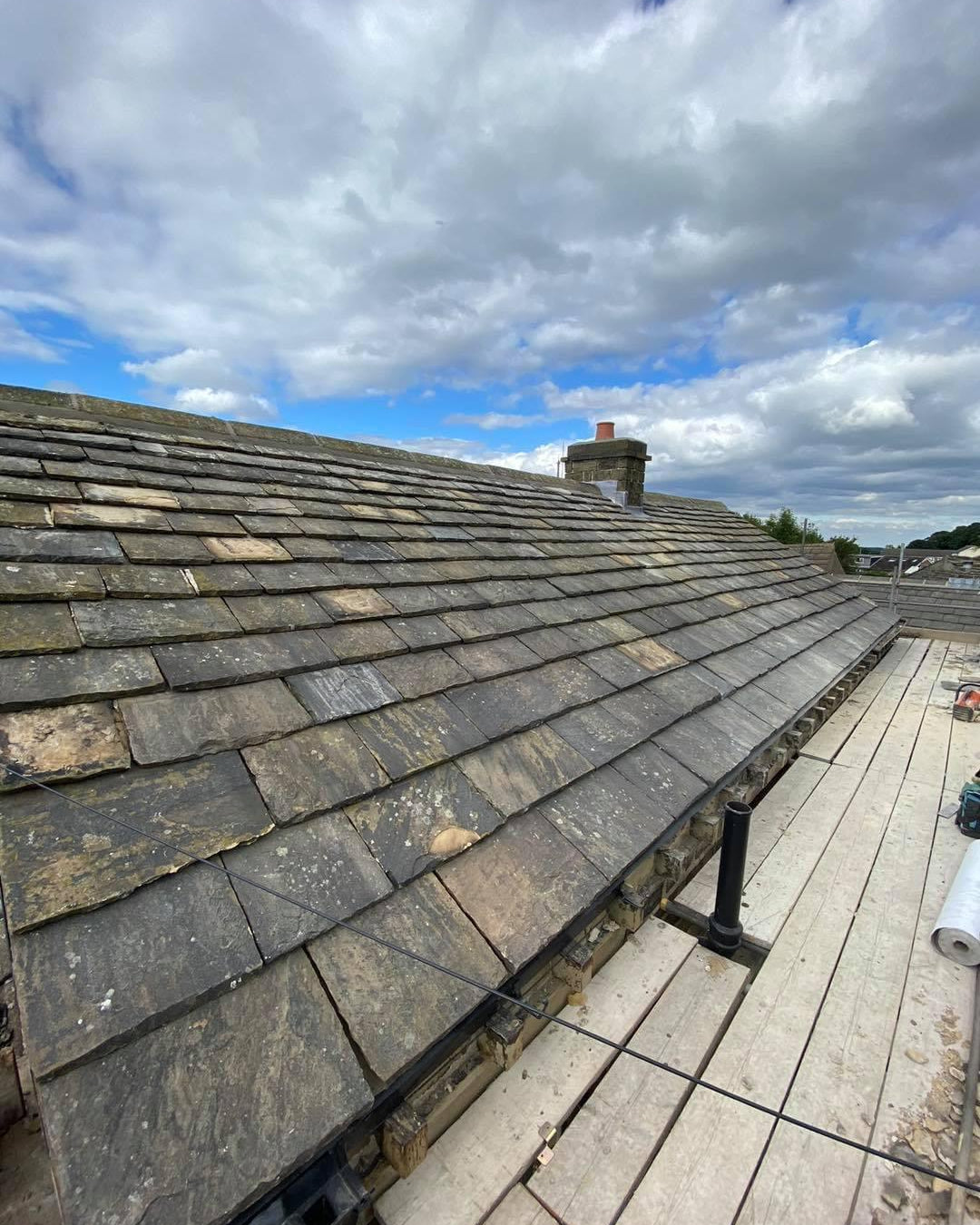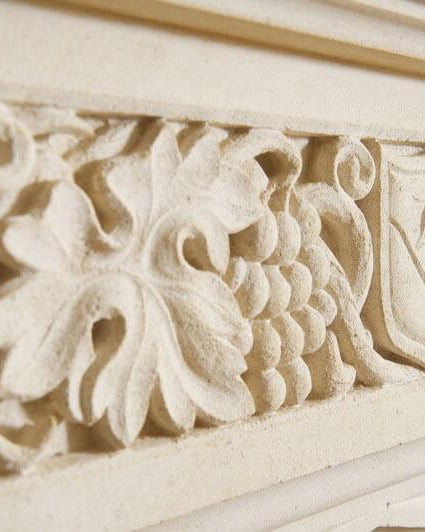Reclaimed Stone and Encapsulated Carbon: A Smarter Way to Build Sustainably
In the effort to reduce construction-related emissions, one material stands out for its environmental credentials: reclaimed natural stone. Whether used in paving, walling, or architectural features, reclaimed stone embodies the principles of sustainable construction by preserving what already exists.
One of the most compelling reasons to choose it? Encapsulated carbon. Like reclaimed bricks, reclaimed stone contains the carbon cost of its original manufacture and extraction—often many decades ago. That carbon footprint is locked in. By reusing stone, you avoid the need for new quarrying, cutting, and haulage, significantly reducing environmental impact.
What Is Encapsulated Carbon?
Encapsulated carbon refers to the carbon emissions that were released when a material was first extracted and processed. For natural stone, this typically happened decades ago, when the stone was originally quarried, cut, and installed. Those emissions are a historical fact—they can't be undone.
However, reusing that stone today means you avoid creating new emissions from quarrying and processing virgin stone.
With construction responsible for over 11% of global emissions from embodied carbon (according to the UKGBC), reducing the need for new materials is a critical step toward a net-zero future.
Why Reclaimed Stone Makes Environmental Sense
✅ No New Quarrying Required
Quarrying is one of the most carbon-intensive processes in construction. It involves extraction, cutting, transport, and often chemical sealing or treatment. Reclaimed stone bypasses all of this. The carbon is already spent.
✅ Reduces Embodied Carbon
Reclaimed stone can cut embodied carbon by up to 90% compared to newly quarried stone. This is because only light processing (like cleaning and sorting) is required before reuse.
✅ Diverts Waste from Landfill
Every time an old wall is demolished or a street relaid, valuable stone is at risk of being dumped. Choosing reclaimed stone keeps this material in use, aligning with circular economy principles.
✅ Durable Across Generations
Stone is inherently durable. Reclaimed Yorkstone and granite, for example, often come from streets and buildings that have lasted over 100 years. Reusing it ensures you benefit from that durability again—without further environmental cost.
✅ Local Sourcing Means Lower Emissions
At Britannia Stone, we source much of our reclaimed stone from demolition sites in Yorkshire and surrounding counties. That means less transport, fewer emissions, and a smaller overall footprint compared to imported stone.
Real-World Example: Stone House extension:
In this customer build; Reclaimed Stone House Extension & Cobble Driveway in Holmfirth, the homeowner undertook a project to expand their stone-built property with a seamless extension and a characterful cobbled driveway. To ensure the new additions blended harmoniously with the existing structure, they sourced reclaimed Delph stone and gritstone cobbles.
Not only does the result look beautiful, but it:
-
Prevented tons of carbon emissions
-
Reused long-lasting material with zero VOCs
-
Created a traditional landscape design using circular principles
It’s a perfect example of how encapsulated carbon is leveraged in everyday builds.
Planning, BREEAM, and Certification
Reclaimed stone contributes to multiple BREEAM credit areas:
-
WST01: Construction Waste Management
-
MAT01: Lifecycle Impacts
-
MAN02: Sustainable Procurement
If you're working with a sustainability consultant, reclaimed materials can often unlock additional points on planning applications and improve whole-life carbon assessments. For more on this, see: How Reclaimed Stone Helps Achieve BREEAM Certification
Free From VOCs, Plastics, and Chemicals
Unlike some modern paving products (like resin-bound or composite materials), reclaimed stone is naturally inert. It doesn’t leach chemicals, break down into microplastics, or emit VOCs. This makes it safe for use in schools, gardens, patios, and public realm developments.
Aesthetic Value Meets Environmental Integrity
A huge part of reclaimed stone’s appeal is its timeworn patina and heritage texture. These characteristics can’t be replicated by new materials, which often look too uniform or lack depth.
Reclaimed stone blends well with traditional surroundings and listed properties—but it also provides contrast in contemporary design.
Explore our full range:
Encapsulated Carbon Supports ESG and Net Zero Targets
Reclaimed stone helps public and private developers align with:
Learn more:
Ready to Reclaim?
Reclaimed stone isn’t just about heritage charm. It’s a bold, environmentally sound decision that saves resources, cuts emissions, and elevates the quality of any build.
Want to reduce your project's carbon footprint?







